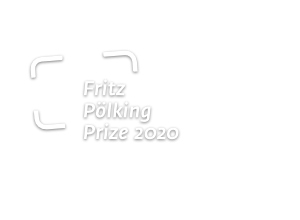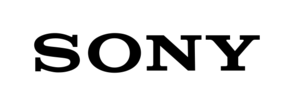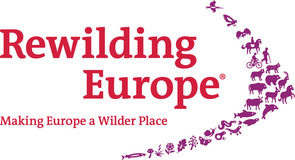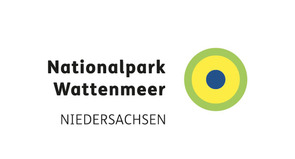The jury's comment
by Patrick Brakowsky
As a portfolio and story competition, the Fritz Pölking Prize is certainly one of the most interesting awards in European nature photography. Nevertheless, the number of entries had been relatively low in the past years. Despite the superb quality of the winning portfolios, the jurors had often felt that the great potential of this competition was not being fully exploited. Now, in 2020, everything has changed. For the first time, Tecklenborg Publishing House and the GDT had decided to integrate the Fritz Pölking Prize into the European Nature Photographer of the Year competition as a special category. The seven jurors who met for a special session – in the corona year, via video conferencing, to be sure – quickly grew to appreciate this decision. We saw series of multi-faceted images showing the unique aesthetics of natural phenomena and the behaviour of individual animal species. We saw fascinating photos from the air and from the depths of the sea; time and again, we encountered stories about the interaction between humans and nature. Here, it became clear that under the new auspices, the Fritz Pölking Prize has increasingly attracted topics of international relevance. This year's overall winner, who comes from Mexico, makes this abundantly clear. Among this year's submissions, those that can be assigned to the genre of (nature) reportage were certainly among the strongest. This is hardly surprising at a time when the public debate is increasingly dominated by topics such as climate change, destruction of natural habitats and species protection. Nature narratives are gaining importance for society as a whole – not just for a niche group of biologists and nature photographers. This in mind, a controversy unfolded among the jurors during the video conference: which direction is nature photography to take in 2020? Will it focus on stories that draw attention to the endangerment and destruction of nature, to its exploitation by humans? Or should it concentrate on the positive sides, on the beauty of nature and its immense diversity? These are certainly fundamental questions, and the lively debate is sure to be continued in many contexts in the future.
In the end, we as a jury were able to agree that both aspects should be part of modern nature photography. And we agreed on a winner, too: Alejandro Prieto and his portfolio about the border between Mexico and the USA. His images succeed in a tour de force: they illustrate the situation around the border, while also telling a great deal about different species and their behaviour. With this tightrope walk, Prieto manages to present his subject in a way that visually appeals to us as viewers, involving us in the events. His images enable us to reflect on our relationship to nature and our place in the world. In addition, these animal photographs exhibit a highly topical political dimension, giving a glimpse of the grave effects that would be caused by building a “real” wall here, or elsewhere in the world. Alejandro Prieto's set of images raises questions of enormous urgency, showing that the limits of nature photography are far from defined, much less exhausted.
The winning portfolio of the Fritz Pölking Junior Prize is a prime example of modern photography celebrating the beauty of nature. Florian Smit's pictures of the Siberian jay in the forests of Lapland lead the viewer deep into a microcosm of wilderness, into the narrowly defined habitat of a single animal species. Their versatile and powerful visual language emphasizes the beauty of this fascinating bird while conveying the intimacy between the photographer and his subject in this remote part of northern Europe. Florian Smit's series about the “Messenger of Misfortune” (the bird’s German name is ‘Unglückshäher’) is a comparatively short story about miniscule events in nature, but its effect can be as intense as a narrative about the border between Mexico and the USA. By showing us a hidden side of nature, it poignantly stresses that nature is becoming ever more fragile and must be protected by each and every one of us.










